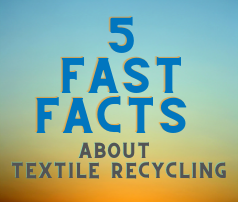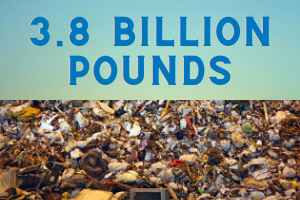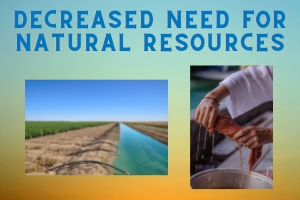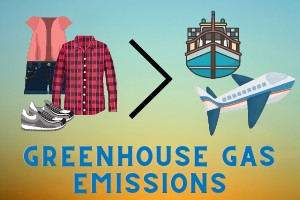 Green Benefits
Green Benefits
5 Fast Facts about Textile Recycling

Here at Chicago Textile Recycling, we think recycling your textiles is not only important, but vital to the well-being of our planet. It cuts down immensely on waste at landfills and has an incredible impact on greenhouse gas emissions. Ready to learn five fast facts?
3.8 Billion Pounds

“The Environmental Protection Agency estimates that the average person throws away 81 pounds of clothing per year. That adds up to 3.8 billion pounds of unnecessary waste added to our landfills.” (quote found here)
Why do people choose to throw away textiles? Potential reasons could be:
- Not enough information about what can and cannot be recycled (found here)
- Easier to throw away (found on infographic here)
- Resources for textile recycling are too far away
Each of these reasons are things we can work to eradicate together. As we educate our readers on textile recycling, we can all do our part in sharing this information with neighbors and friends and families, extending knowledge so more people know the profound and long-lasting benefits of recycling. We can likewise encourage and challenge ourselves and others to take the time and make the choice to recycle textiles instead of throwing them away. And if you know of areas in need of a textile recycling bin, please contact us so that we can provide more coverage for those who want to recycle.
Clean and Dry

“Any textile item, even if it’s worn, torn, or stained, can be recycled. You can even recycle a single shoe! Items simply need to be clean and dry.”
In our previous blog on “Textile Recycling 101”, we discussed our ability to accept worn, torn or stained textiles as long as the items are clean and dry. Even one wet or smelly item in your donation bag can render the whole bag or box unusable so please make sure each and every item is clean and dry before dropping off your donation.
And yes, though paired shoes are preferred, we also accept single shoes.
Decreased Need for Natural Resources

“Recycling clothing and textiles decreases the use of natural resources, such as water used in growing crops and petroleum used in creating new clothing and textiles. It also decreases the need for chemicals used in manufacturing new textiles and the pollution caused by the manufacturing process.”
In addition to keeping textiles out of landfills, recycling old clothing and textiles also benefits the earth when others use your donated items. Wearing used clothing and shoes or purchasing used textiles such as curtains reduces the need for producing new items. This cuts down on precious natural resources needed to produce new textiles.
Greenhouse Gas Emissions

“10% of global greenhouse gas emissions are caused by clothing and footwear production. This is more than all international flights and maritime shipping combined.” (found here)
Overproduction in the fashion industry is a huge problem. Though fashion companies need to do their part in producing less clothing and make their products more sustainable, the consumer also has a responsibility in what they purchase. With such a large amount of clothing available in the world, choose wisely and sustainably in your purchase decisions. To cut back on greenhouse gases, consider buying used at thrift stores or in one of many online used marketplaces.
95% Can Be Recycled

According to the infographic found here at the website for Secondary Materials And Recycled Textiles, “95% of textiles worn or torn can be recycled.”
This is a HUGE reason to recycle old textiles. With 85% of textiles being thrown away, what a big difference it would make to instead recycle those items. Of those recycled textiles, 95% can be used again, either for reuse by a new owner, downcycled into wiping rags or broken down to fiber content.
Recycling Recap
Now that you know these five fast facts, what is stopping you from recycling your textiles? Help us in our mission to educate others about the importance and impact of textile recycling and share this blog with your friends and family. Have you heard any interesting facts about textile recycling that you’d like to share with us? Comment below on the blog or on our social media pages.